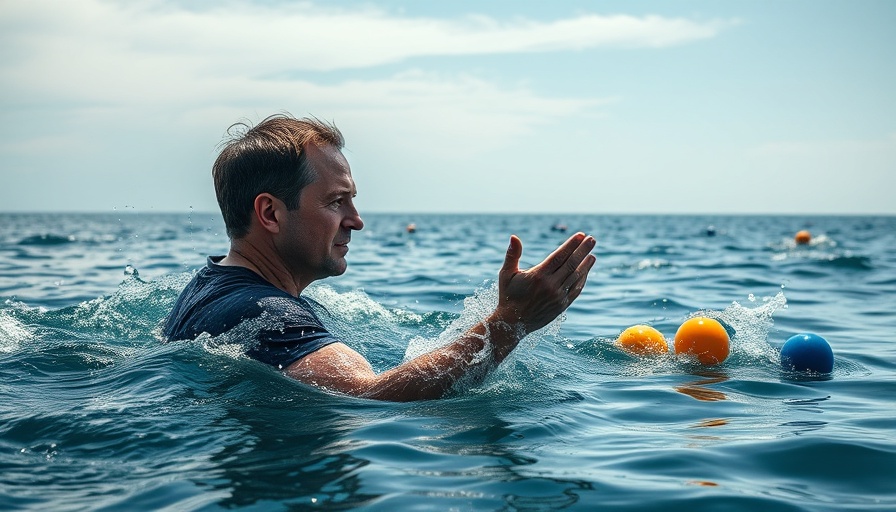
Unleashing the Power of Water Waves: A Revolutionary Discovery
In a groundbreaking study, scientists have developed a pioneering technique to manipulate water waves, allowing for precise control over floating objects such as small foam balls. Co-led by researchers from Nanyang Technological University in Singapore, this innovative approach leverages the physics of water waves to create intricate patterns that can hold and navigate objects with remarkable accuracy.
How It Works: A Closer Look at Wave Manipulation
This technique revolves around the generation and merging of water waves to craft complex surface patterns. These patterns can act like tweezers or tractor beams, trapping floating objects in place or guiding them along a predetermined path. Unlike ordinary ripples, the manipulated wave patterns maintain their stability even when confronted with external disturbances, which is a significant advancement in fluid dynamics.
Potential Applications in Science and Industry
The implications of this research stretch far beyond just laboratory experiments. With potential applications ranging from environmental cleanup of oil spills to controlling the movement of boats without engines, the possibilities are exciting. Imagine guiding vessels safely through busy waterways or efficiently corralling pollutants. This technique could transform maritime logistics and ecological management practices.
The Interdisciplinary Inspiration Behind the Technique
The innovation drew inspiration from Assistant Professor Shen Yijie's prior work on light waves, where he demonstrated the ability to control small particles using complex light structures. This interdisciplinary collaboration highlights a trend in modern science where insights from one field can incite breakthroughs in another. The researchers' ability to bridge the gap between the manipulation of light and water waves is a testament to the interdisciplinary nature of scientific exploration.
Implementing the Technique: Next Steps in Research
The research team is enthusiastic about further refining their technique. Future studies will explore how these wave patterns can be used not just at the surface of the water but also submerged, expanding the potential for controlling microscopic particles, such as cells used in medical experiments. This endeavor may lead to significant advancements in biomedicine and materials science.
Looking Forward: Water Waves and Future Technologies
The successful manipulation of water waves also raises intriguing questions about data storage and quantum physics. Researchers speculate that similar water wave behaviors could be applied in new computational models or study phenomena traditionally observed in quantum mechanics. This creates a compelling case for ongoing research to unlock the full potential of water waves.
Environmental Benefits: Beyond Control
This innovative technique could lead to more environmentally friendly solutions for managing waste in aquatic environments. By using wave patterns to corral unwanted materials, cleanup operations can reduce the ecological impact typically associated with traditional methods, emphasizing the continued need for sustainable practices in environmental science.
Conclusion: A Wave of Change
The research presents an exciting glimpse into the future of fluid manipulation and the pervasive role water can play within various scientific and industrial contexts. As waves become tools for navigation and control, society stands on the brink of transformative applications fueled by this newfound understanding of simple yet complex fluid dynamics. Through collaborative efforts and innovative thinking, the next steps not only pave the way for potential breakthroughs but also advocate for a future where nature's elements work symbiotically with technology.
As we continue to explore the intersection of physics and practical applications, staying abreast of these developments could allow each one of us to play a role in shaping a more efficient and environmentally friendly future.
 Add Element
Add Element  Add Row
Add Row 



Write A Comment